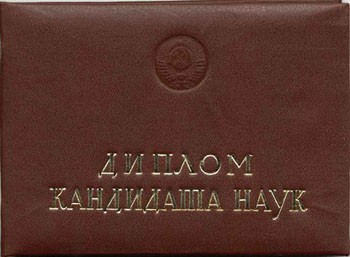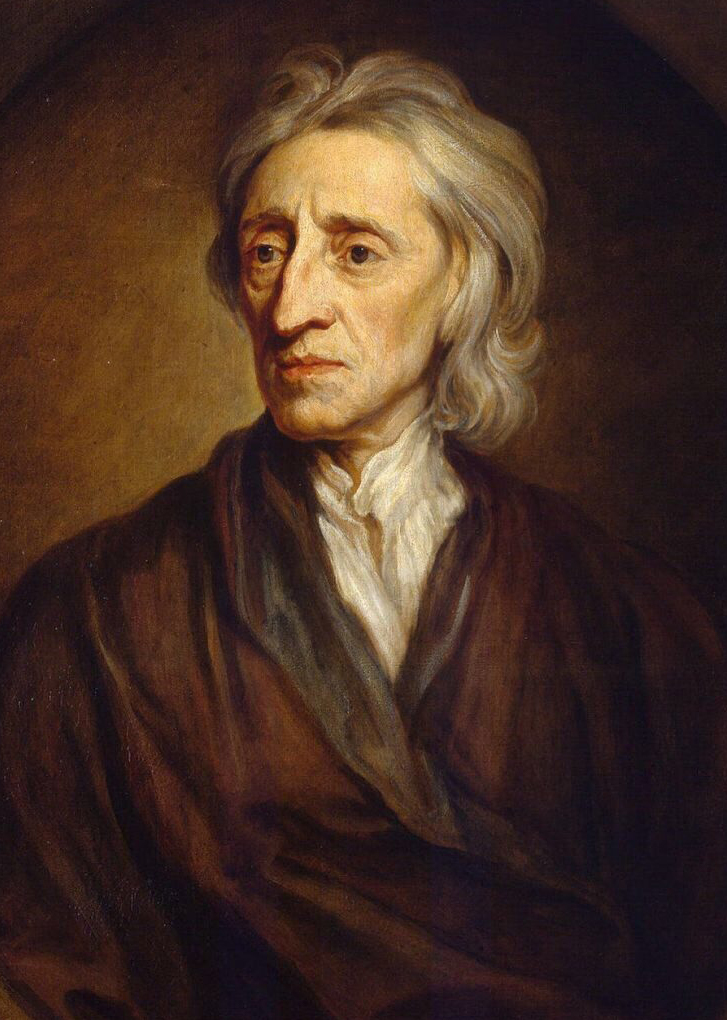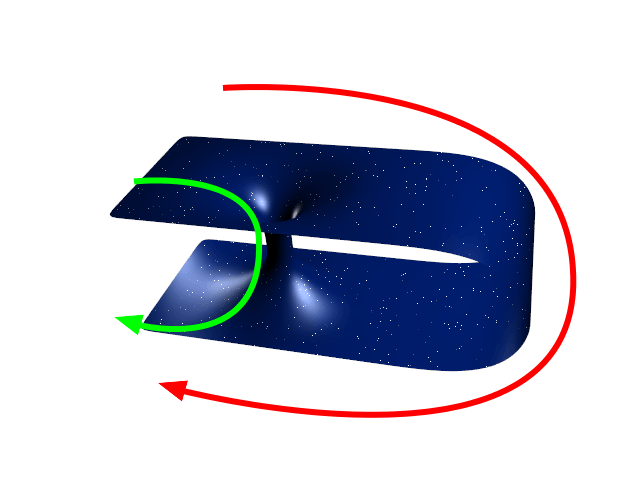|
Serguei Krasnikov
Serguei Vladilenovich Krasnikov (russian: Серге́й Владиле́нович Кра́сников; 1961) is a Russian physicist. Life Krasnikov obtained a doctorate ( CSc.) in physics and mathematics from Saint Petersburg University. He is currently based at Pulkovo Observatory in St. Petersburg, Russia. Krasnikov’s work is focused on theoretical physics, specifically on the development of the Krasnikov tube and its applications in causality, closed timelike curves, and hyperfast travel. In 2001, Krasnikov worked at Starlab, in a joint NASA/USAF-funded project to assess the viability of time travel under realistic physical conditions. In 2002 he attended the 11th UK Conference on the Foundations of Physics hosted by the Faculty of Philosophy, University of Oxford at which he delivered the paper "Time machine (1988-2001)". See also * Alcubierre drive * Wormhole A wormhole (Einstein-Rosen bridge) is a hypothetical structure connecting disparate points in spacetime, ... [...More Info...] [...Related Items...] OR: [Wikipedia] [Google] [Baidu] |
Physicist
A physicist is a scientist who specializes in the field of physics, which encompasses the interactions of matter and energy at all length and time scales in the physical universe. Physicists generally are interested in the root or ultimate causes of phenomena, and usually frame their understanding in mathematical terms. Physicists work across a wide range of research fields, spanning all length scales: from sub-atomic and particle physics, through biological physics, to cosmological length scales encompassing the universe as a whole. The field generally includes two types of physicists: experimental physicists who specialize in the observation of natural phenomena and the development and analysis of experiments, and theoretical physicists who specialize in mathematical modeling of physical systems to rationalize, explain and predict natural phenomena. Physicists can apply their knowledge towards solving practical problems or to developing new technologies (also known as applie ... [...More Info...] [...Related Items...] OR: [Wikipedia] [Google] [Baidu] |
Kandidat Nauk
Candidate of Sciences (russian: кандидат наук, translit=kandidat nauk) is the first of two doctoral level scientific degrees in Russia and the Commonwealth of Independent States. It is formally classified as UNESCO's ISCED level 8, "doctoral or equivalent". It may be recognized as Doctor of Philosophy, usually in natural sciences, by scientific institutions in other countries. Former Soviet countries also have a more advanced degree, Doctor of Sciences. Overview The degree was first introduced in the USSR on 13 January 1934 by a decision of the Council of People's Commissars of the USSR, all previous degrees, ranks and titles having been abolished immediately after the October Revolution in 1917. Academic distinctions and ranks were viewed as survivals of capitalist inequality and hence were to be permanently eliminated. The original decree also recognized some degrees earned prior to 1917 in Tsarist Russia and elsewhere. To attain the Candidate of Sciences de ... [...More Info...] [...Related Items...] OR: [Wikipedia] [Google] [Baidu] |
Saint Petersburg University
Saint Petersburg State University (SPBU; russian: Санкт-Петербургский государственный университет) is a public research university in Saint Petersburg, Russia. Founded in 1724 by a decree of Peter the Great, the university from the beginning has had a focus on fundamental research in science, engineering and humanities. During the Soviet period, it was known as Leningrad State University (russian: Ленинградский государственный университет). It was renamed after Andrei Zhdanov in 1948 and was officially called "Leningrad State University, named after A. A. Zhdanov and decorated with the Order of Lenin and the Order of the Red Banner of Labour." Zhdanov's was removed in 1989 and Leningrad in the name was officially replaced with Saint Petersburg in 1992. It is made up of 24 specialized faculties (departments) and institutes, the Academic Gymnasium, the Medical College, the College of Physical Culture ... [...More Info...] [...Related Items...] OR: [Wikipedia] [Google] [Baidu] |
Pulkovo Observatory
The Pulkovo Astronomical Observatory (russian: Пулковская астрономическая обсерватория, Pulkovskaya astronomicheskaya observatoriya), officially named the Central Astronomical Observatory of the Russian Academy of Sciences at Pulkovo, is the principal astronomical observatory of the Russian Academy of Sciences. It is located 19 km south of Saint Petersburg on Pulkovo Heights above sea level. It is part of the UNESCO World Heritage Site Historic Centre of Saint Petersburg and Related Groups of Monuments. It was formerly known as the Imperial Observatory at Pulkowo. Early years The observatory was opened in 1839. Originally, it was a brainchild of the German/Russian astronomer Friedrich Georg Wilhelm von Struve, who would become its first director (in 1861, his son Otto Wilhelm von Struve succeeded him). The architect was Alexander Bryullov. The observatory was equipped with state-of-the-art devices, one of them being the a aperture ref ... [...More Info...] [...Related Items...] OR: [Wikipedia] [Google] [Baidu] |
Krasnikov Tube
A Krasnikov tube is a speculative mechanism for space travel involving the warping of spacetime into permanent superluminal tunnels. The resulting structure is analogous to a wormhole or an immobile Alcubierre drive (and like them requires exotic matter with negative energy density) with the endpoints displaced in time as well as space. The idea was proposed by Sergey Krasnikov in 1995. Structure The tube is a distortion of spacetime that can be intentionally created (using hypothetical technology) in the wake of travel near the speed of light. The Krasnikov tube allows for a return trip that takes travelers back to the time right after they left. Experiencing the effect requires that the traveler race along the tube at speeds close to that of light. Causality violations One-tube case Krasnikov argues that despite the time-machine-like aspects of his metric, it cannot violate the law of causality (that a cause must always precede its effects in all coordinate systems and al ... [...More Info...] [...Related Items...] OR: [Wikipedia] [Google] [Baidu] |
Closed Timelike Curves
In mathematical physics, a closed timelike curve (CTC) is a world line in a Lorentzian manifold, of a material particle in spacetime, that is "closed", returning to its starting point. This possibility was first discovered by Willem Jacob van Stockum in 1937 and later confirmed by Kurt Gödel in 1949,Stephen Hawking, ''My Brief History'', chapter 11 who discovered a solution to the equations of general relativity (GR) allowing CTCs known as the Gödel metric; and since then other GR solutions containing CTCs have been found, such as the Tipler cylinder and traversable wormholes. If CTCs exist, their existence would seem to imply at least the theoretical possibility of time travel backwards in time, raising the spectre of the grandfather paradox, although the Novikov self-consistency principle seems to show that such paradoxes could be avoided. Some physicists speculate that the CTCs which appear in certain GR solutions might be ruled out by a future theory of quantum gr ... [...More Info...] [...Related Items...] OR: [Wikipedia] [Google] [Baidu] |
Starlab
Starlab NV/SA was a multidisciplinary, blue sky research institute established to serve as an incubator for long-term and basic research in the spirit of Bell Labs, MIT Media Lab, Xerox PARC, and Interval Research. Its primary headquarters was based in Brussels, Belgium from 1996 to 2001. A second base of operations, Starlab Barcelona, was established in 2000 and remains in operation. Research At its peak, Starlab employed over 130 scientists from thirty-six nationalities. Starlab projects included intelligent clothing, stem cell research, emotics, transarchitecture, robotics, theoretical physics, e.g., the possibility of time travel, consciousness, quantum computation, quantum information, art, artificial intelligence, neuroscience, new media, biophysics, materials science, protein folding, nanoelectronics, and wearable computing. These research lines were grouped under the acronym “BANG,” or Bits, Atoms, Neurons, Genes, later adopted by MIT Media Lab in 2002. The lab spo ... [...More Info...] [...Related Items...] OR: [Wikipedia] [Google] [Baidu] |
Faculty Of Philosophy, University Of Oxford
The Faculty of Philosophy, University of Oxford was founded in 2001. It is part of Oxford's Humanities Division. The faculty is located next to Somerville College on Woodstock Road. As of 2020, it is ranked 1st in the UK and 2nd in the English-speaking world by the ''Philosophical Gourmet Report'', as well as 2nd in the world by the QS World University Rankings. It is additionally ranked first in the UK by the ''Complete University Guide'', the ''Guardian'', the ''Times'', and the ''Independent''. History of the Faculty of Philosophy at Oxford The present-day Faculty was formerly a sub-faculty of the Faculty of Literae Humaniores (founded in 1913), though the teaching of philosophy at Oxford dates back to medieval times. The Faculty boasts over 50 full-time philosophers in permanent posts, with at least another 50 fixed-term, emeritus and associate members. Today, it is housed within Oxford's Humanities Division. Some of the world's greatest philosophers have studied (and tau ... [...More Info...] [...Related Items...] OR: [Wikipedia] [Google] [Baidu] |
Alcubierre Drive
The Alcubierre drive () is a speculative warp drive idea according to which a spacecraft could achieve apparent faster-than-light travel by contracting space in front of it and expanding space behind it, under the assumption that a configurable energy-density field lower than that of vacuum (that is, negative mass) could be created. Proposed by theoretical physicist Miguel Alcubierre in 1994, the Alcubierre drive is based on a solution of Einstein's field equations. Since those solutions are metric tensors, the Alcubierre drive is also referred to as Alcubierre metric. Objects cannot accelerate to the speed of light within normal spacetime; instead, the Alcubierre drive shifts space around an object so that the object would arrive at its destination more quickly than light would in normal space without breaking any physical laws. Although the metric proposed by Alcubierre is consistent with the Einstein field equations, construction of such a drive is not necessarily possible. ... [...More Info...] [...Related Items...] OR: [Wikipedia] [Google] [Baidu] |
Wormhole
A wormhole (Einstein-Rosen bridge) is a hypothetical structure connecting disparate points in spacetime, and is based on a special Solutions of the Einstein field equations, solution of the Einstein field equations. A wormhole can be visualized as a tunnel with two ends at separate points in spacetime (i.e., different locations, different points in time, or both). Wormholes are consistent with the General relativity, general theory of relativity, but whether wormholes actually exist remains to be seen. Many scientists postulate that wormholes are merely projections of a Four-dimensional space, fourth spatial dimension, analogous to how a two-dimensional (2D) being could experience only part of a three-dimensional (3D) object. Theoretically, a wormhole might connect extremely long distances such as a billion light years, or short distances such as a few meters, or different points in time, or even multiverse, different universes. In 1995, Matt Visser suggested there may be ma ... [...More Info...] [...Related Items...] OR: [Wikipedia] [Google] [Baidu] |
1961 Births
Events January * January 3 ** United States President Dwight D. Eisenhower announces that the United States has severed diplomatic and consular relations with Cuba ( Cuba–United States relations are restored in 2015). ** Aero Flight 311 (Koivulahti air disaster): Douglas DC-3C OH-LCC of Finnish airline Aero crashes near Kvevlax (Koivulahti), on approach to Vaasa Airport in Finland, killing all 25 on board, due to pilot error: an investigation finds that the captain and first officer were both exhausted for lack of sleep, and had consumed excessive amounts of alcohol at the time of the crash. It remains the deadliest air disaster to occur in the country. * January 5 ** Italian sculptor Alfredo Fioravanti marches into the U.S. Consulate in Rome, and confesses that he was part of the team that forged the Etruscan terracotta warriors in the Metropolitan Museum of Art. ** After the 1960 military coup, General Cemal Gürsel forms the new government of Turkey (25th gove ... [...More Info...] [...Related Items...] OR: [Wikipedia] [Google] [Baidu] |
Living People
Related categories * :Year of birth missing (living people) / :Year of birth unknown * :Date of birth missing (living people) / :Date of birth unknown * :Place of birth missing (living people) / :Place of birth unknown * :Year of death missing / :Year of death unknown * :Date of death missing / :Date of death unknown * :Place of death missing / :Place of death unknown * :Missing middle or first names See also * :Dead people * :Template:L, which generates this category or death years, and birth year and sort keys. : {{DEFAULTSORT:Living people 21st-century people People by status ... [...More Info...] [...Related Items...] OR: [Wikipedia] [Google] [Baidu] |






